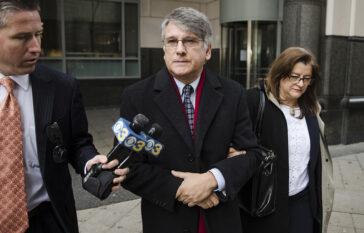Best of the Week — First Winner
AP and partners document Puerto Rico hurricane deaths
Colleagues,
Welcome to Best of the Week.
This officially marks a rebirth of sorts for our weekly global staff contest, which celebrates some of the best work from around the AP world.
This week’s winner celebrates a great team effort by colleagues in Latin America and beyond, as well as a really productive partnership with two other news organizations. It’s creative and insightful work that breaks news and includes great visual journalism and innovative presentation. It rose to the top of an impressive field of entries.
Today, and each Friday going forward, the weekly winner is revealed at the Global News Meeting at 9:15 a.m. ET, which all AP staff are invited to attend.
Please join me in congratulating this week’s honorees.
BC
Since the early days after Hurricane Maria slammed into Puerto Rico on Sept. 20, 2017, the debate over the death toll has raged. The Trump administration seized on initial reports that fewer than 100 people had died, but those numbers belied the scope of the devastation. The storm left the island without electricity for months, hospitals and other key infrastructure shuttered, roads unpassable and pharmacies closed.
In June, Caribbean News Director Mike Weissenstein in Havana forged a partnership with Puerto Rico’s Center for Investigative Journalism and U.S.-based news site Quartz to undertake the most comprehensive list to date of Puerto Ricans who died in the wake of the storm.
For the project, Weissenstein, San Juan newswoman Danica Coto, Washington-based data journalist Larry Fenn, New York-based reporter Claudia Torrens, Miami-based reporter Gisela Salomon, Washington-based reporters Luis Alonso and Ben Fox, as well as senior Havana-based producer Chris Gillette, Havana photographer Ramon Espinosa, Santo Domingo reporter Ezequiel Lopez Blanco, Mexico-based digital producer Dario Lopez, New York-based motion graphics producer Peter Hamlin and enterprise editor Raghuram Vadarevu, based in Phoenix, share the Best of the Week award-














